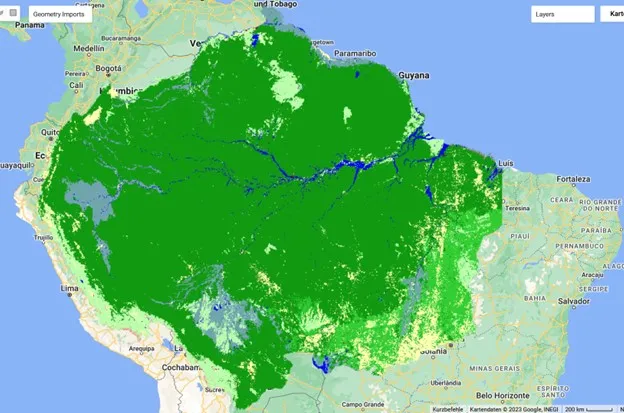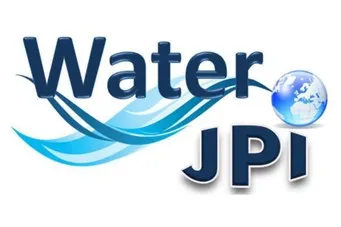
(ForestFisher) Priority areas for conservation and restoration of Amazonian forest-frugivorous fish interactions and associated fisheries
Tropical forests have frighteningly lost a significant portion of their original vegetation due to human-caused environmental degradation. Yet, tropical forests provide a wide range of human services, such as a massive effect on weather, freshwater supply, food supply, natural hazard control, and society and leisure, having served as a central component of people's well-being on a global and local level.
Among a wide range of ecosystem services, we highlight Amazonian fruit-eating fish due to their ecological and socioeconomic importance. Frugivorous fishes play a crucial role in maintaining forest diversity as seed dispersers and constitute a key source of food and income for traditional, local human populations.
Here, the following research questions will be addressed (Project BiodivRestore-802, 2022-2025):
- How recent land-use changes have affected the frugivorous fish diversity? (WP1).
- Will climate, land use, and river fragmentation changes in the Amazon River Basin affect the availability of suitable areas for frugivorous fish species and thereby threaten the ecosystem services these fish populations provide? (WP2 & WP3).
- How will climate change-driven shifts in the distribution of frugivorous fish species affect fishing communities and their traditional fishing grounds? (WP4).
One of the main objectives of the ForestFisher project is to assess the impact of deforestation and provide data for spatial prioritization of the Amazonian territory for the maintenance of climatically suitable and conserved forested areas as refuges for frugivorous fish and their related ecosystem services.
Therefore, the first actions of the project focus on assessing the spatial patterns of changes in land use in the Amazon biome on a broad scale, the entire biome, and on a national scale for each country. Therefore, the first results will be presented as a systematic assessment of changes in the landscape at different scales and levels, and it becomes possible to establish concrete international goals to control deforestation in the Amazonian region and guide public policies for land planning and management.



